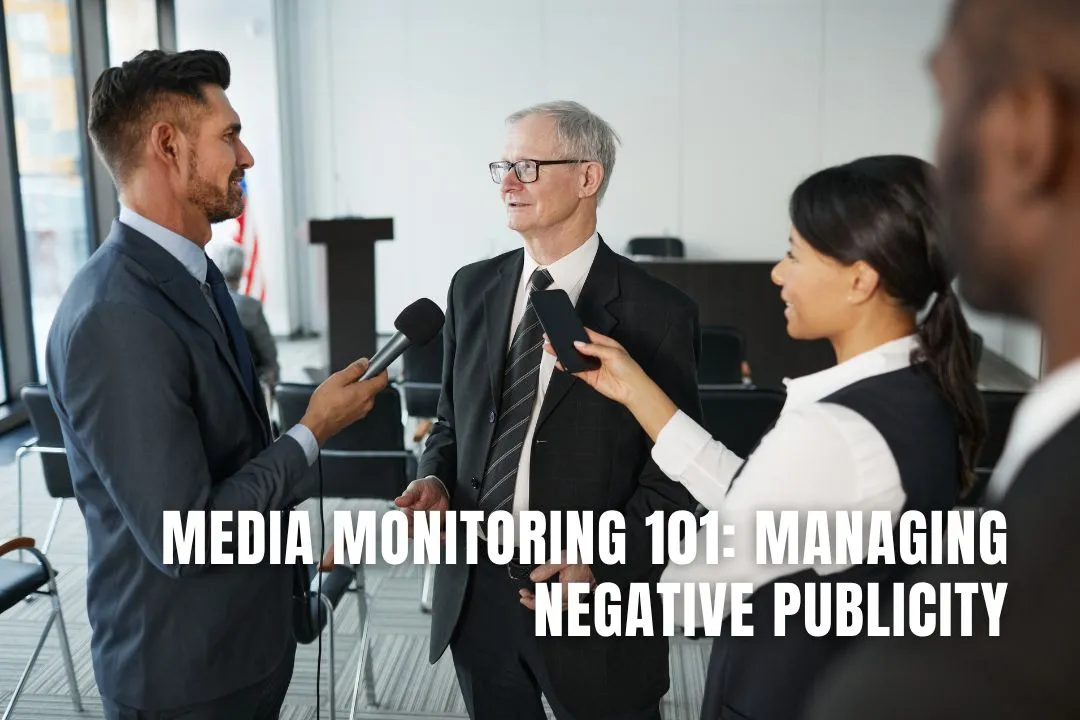
Every business faces the reality of negative publicity. It might come from a customer complaint, a disgruntled employee, or a misstep during a product launch. While it’s impossible to prevent all criticism, there are effective strategies to manage and mitigate the damage. One of the most powerful tools in the business toolbox is media monitoring. Understanding how to leverage media monitoring can make the difference between a brief storm and a long-lasting reputation crisis.
Media monitoring involves tracking and analysing news, blogs, social media, and other digital platforms to stay aware of what’s being said about a business. It provides real-time alerts for any mention of your brand, product, or key figures, helping you stay ahead of potential problems. With swift action, businesses can limit negative impact and even turn a crisis into an opportunity.
Negative publicity can arise in many forms. It might be an inaccurate report, a viral social media post criticising your company, or a dissatisfied customer leaving a negative review. In today’s fast-paced digital landscape, negative stories can spread like wildfire. This is where media monitoring comes in. Monitoring tools help you track mentions of your business across multiple platforms and identify any trends. Early identification is crucial to mitigating potential damage and crafting a proactive response.
With media monitoring in place, businesses can receive real-time alerts for any negative mentions or potential issues. This allows PR teams or designated crisis managers to assess the situation as soon as it arises. Timeliness is critical. The longer a negative story goes unnoticed or unchecked, the more traction it gains. These alerts allow businesses to respond to issues quickly.
Once a negative mention is identified, it's important to craft a response that reflects the company’s values and commitment to resolving the issue. A knee-jerk reaction or ignoring the situation can cause more harm than good. Companies should ensure their responses are calm, respectful, and transparent. Offering solutions or acknowledging mistakes can help regain trust and diffuse tension. Media monitoring services can be invaluable in tracking the effectiveness of these responses and measuring sentiment shifts following an outreach effort.
Media monitoring is also about preventing future occurrences. For example, if there’s a recurring issue with a product or service, proactive changes can be made before the situation blows up. Similarly, if certain aspects of the company are frequently misrepresented, an educational campaign can be launched to correct the narrative. Through monitoring, businesses can stay ahead of crises and manage their reputations more effectively.
Negative publicity is a part of doing business in the modern world, but how you respond can make all the difference. The key is not just waiting for the storm to pass, but managing it with informed, timely, and effective action. As businesses continue to expand and connect with customers across various platforms, staying vigilant will remain a crucial part of maintaining a positive brand presence. Check out the infographic below to learn more.
